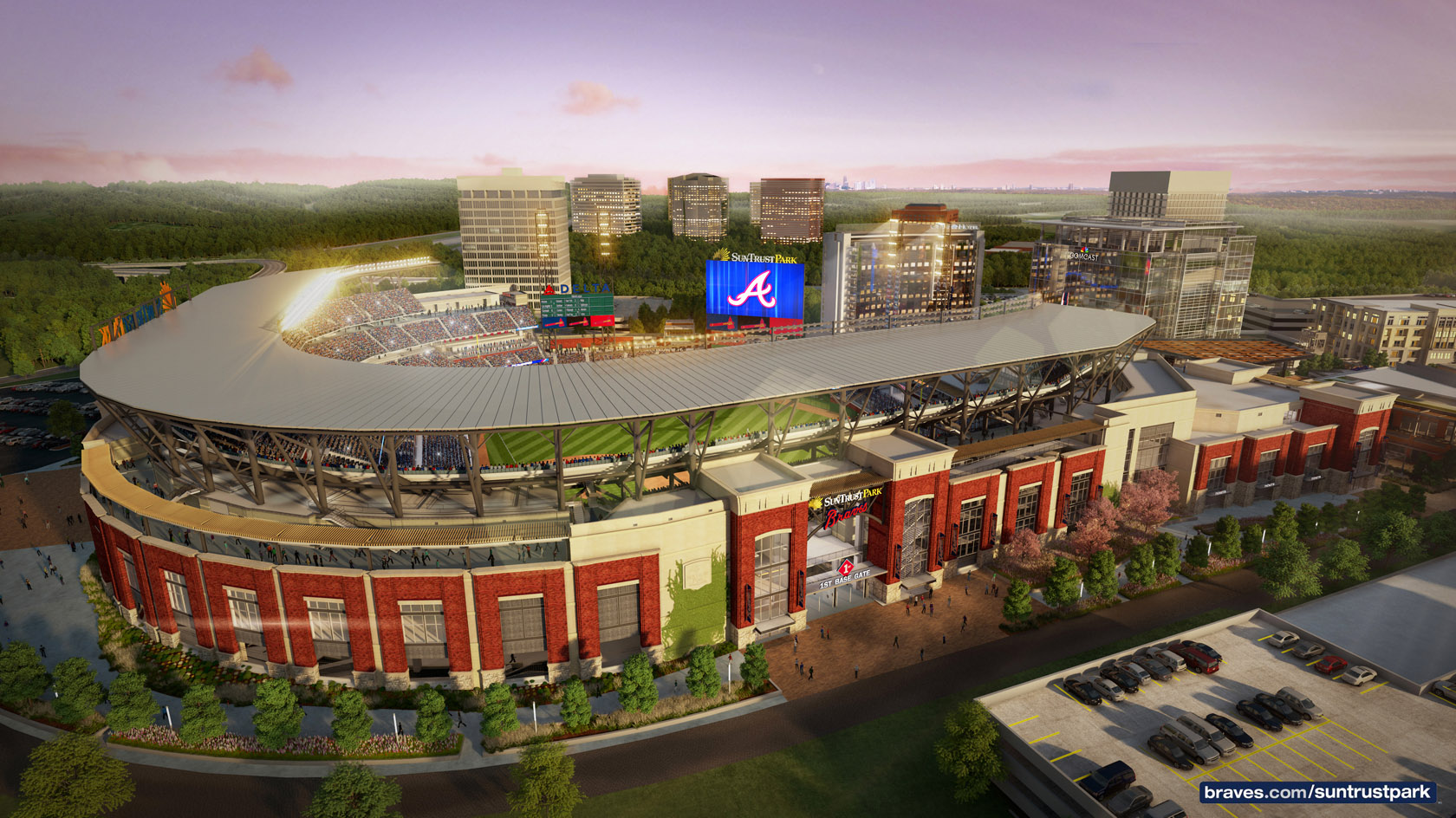In recent years, the debate over public funding for sports stadiums has heated up, with supporters arguing for the economic benefits they provide to communities and detractors questioning the wisdom of spending taxpayer resources to promote private endeavors. As citizens engaged in civic life, we must approach this difficult issue with nuance and critical thought. In this blog post, I will look at the contentious issue of stadium subsidies, using scholarly research and expert perspectives to give light on the policy consequences and societal concerns involved.
The issue at stake is the allocation of public money for the building and maintenance of sporting facilities. While proponents frequently highlight the economic benefits and intangible qualities connected with professional sports franchises, detractors contend that the actual returns on investment for taxpayers are small, if not negative. As we progress through this discussion, it becomes clear that stadium subsidies play a key role in the policy debate over urban development, public financing, and community priorities.
To successfully handle the issue, we must analyze the various stakeholders involved in the stadium subsidy argument. These include lawmakers entrusted with making financing decisions, taxpayers worried about how their hard-earned money is spent, sports fans devoted to their teams, and community members invested in their communities’ social and economic well-being. By appealing to these many stakeholders and articulating our arguments in terms of economic theory, urban planning principles, and public responsibility, we can initiate a meaningful dialogue that goes beyond simplistic tales.
As an example, we can look at the recent move of the Atlanta Braves. The transfer of the Atlanta Braves baseball franchise to Cobb County was expected to result in major economic growth and commercial activity in the surrounding area. However, the research using the synthetic control method demonstrates that the real impact on commercial property prices in the Cumberland Community Improvement District was less than anticipated. This sharp contrast between expectations and reality emphasizes the significance of empirical evidence in determining the efficacy of large-scale development efforts.

The study adds to a growing body of research that undermines the alleged economic benefits of sports stadium development. While some prior studies have revealed favorable effects on residential property prices near stadiums, the findings for commercial property values around Truist Park are consistent with past research demonstrating that sports venues have a modest economic influence on adjacent businesses. This implies that the economic dynamics of stadium developments may differ depending on location, local economic conditions, and the character of nearby enterprises.
Furthermore, while the study sheds light on the stadium relocation’s short-term impact, the long-term ramifications are unclear, especially given the COVID-19 pandemic’s disruptive impacts on economic activity. Future study could look into additional consequences, such as sales tax revenue generated by retail activities near the stadium or amenity value effects on residential property values, to provide a more complete picture of the stadium’s entire impact.
In analyzing the causes underlying the stadium subsidy issue, we draw from the framework which delineates intentional, inadvertent, mechanical, and accidental factors. Within this framework, the cause of stadium subsidies can be attributed to a combination of intentional policies aimed at promoting economic development, inadvertent consequences of monopoly power wielded by sports leagues, mechanical mechanisms such as rent extraction from local governments, and accidental outcomes stemming from the complexities of urban governance and public-private partnerships.
Matheson’s research of policy tools provides useful insights into developing effective stadium subsidy strategies. While standard economic theory implies that public goods require government intervention, the sports industry’s particular characteristics challenge this argument. Nonetheless, careful consideration of market failures, externalities, and neighborhood development goals can help guide the choice of policy instruments, such as direct subsidies, tax breaks, public-private partnerships, or regulatory measures aimed at promoting equitable outcomes and maximizing societal welfare.
Finally, reevaluating stadium subsidies via a critical lens highlights the limitations of simplistic arguments for and against public support. While scientific evidence does not clearly show stadium projects’ economic sustainability, it is critical to acknowledge the intangible advantages they provide to communities. Moving forward, governments and stakeholders must have open talks about stadium subsidies, assessing the costs and benefits against larger societal goals and economic responsibilities. Only through such informed discourse will we be able to design a route that benefits all stakeholders and promotes our communities’ long-term prosperity.